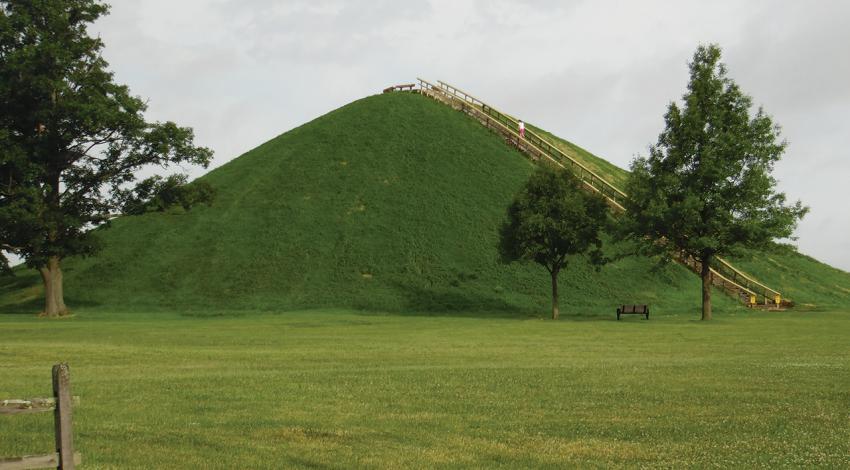Photo by rick Wetherbee
Looking for a quick and easy way to rejuvenate your garden and generate more plants? Then it’s time to dig in and divide your old or overcrowded perennials. It’s one of the easiest and fastest ways to gain more plants. Division not only helps to control the size of aggressive perennials but will also revitalize new divisions so they bloom more freely and increase the overall performance for years to come.
1. Start with the right plants
Not all perennials are suited for dividing and replanting. For starters, they need to be herbaceous plants that have fleshy aboveground growth, as opposed to woody stems. You most likely have a few perennials of your own that are good candidates. Some perennials that can be divided in fall include asters, bee balm, catmint, chrysanthemums, coreopsis, daylilies, gaillardia, hostas, iris, ornamental grasses, purple coneflower, rudbeckia, salvia, and yarrow.
2. Know your roots
Some plants, such as iris, grow from rhizomes, which are swollen underground stems that grow horizontally. Astilbe, daylily, and other plants have thick fleshy crowns and a clumping root system with multiple growing points. Plants such as asters and rudbeckia have spreading and/or fibrous root systems. Knowing the type of root system will give you a clue as to whether plants will pull apart easily or require a knife or spade.
3. Look for signs
Most fully grown herbaceous perennials can be divided every three to five years. Prime signs for division include a plant with smaller than usual blooms or blooms that are fewer in number, bottom foliage that looks sparse or inadequate, or the plant’s center appearing woody, barren, or dead.
4. Timing counts
September is a great month for dividing spring and summer bloomers when the cooler nights have set in; perennials that bloom in fall should be divided in early spring, after growing tips have emerged.
5. Have the right tools on hand
Essential tools of the trade begin with a sturdy shovel or spade for digging and dividing. You will also need a sharp knife and a pruning saw or billhook, which is a versatile tool used for cutting, clearing, trimming, and dividing. Pruners, trimmers, or sharp scissors, as well as a garden hose and watering nozzle with spray settings dialed to mist or shower, will also come in handy.
6. Prepare holes ahead of time
To get new divisions off to a strong start, be sure to prepare the planting space ahead of time, making sure to amend the area or planting holes with compost.
7. Dig in
The best time to dig and divide is on a cloudy day. Use a shovel or spade to dig all the way around the plant, then gently lift it from the ground, keeping as much of the roots intact as possible. Remove or shake off any loose soil so you can easily see the crown and roots.
8. Time to divide
Divide the plant into smaller clumps or pieces using your hands or a sturdy knife, sharp spade, or billhook. Each division should have at least two to five vigorous shoots with ample roots attached. In other words, more roots than shoots.
9. Trim and top
Remove any damaged or dead areas, then cut back the top growth down to about 6 inches or half the plant’s height.
10. Plant your new divisions
Immediately replant the newly divided pieces directly in their new location. Leave the top of the rhizome exposed when replanting iris divisions. Set each plant at the same depth as before. Water thoroughly and keep the soil evenly moist, while the newly divided plants re-establish themselves. Mulch to keep soil from drying out and to protect plant roots from hard frost. If you have extra divisions remaining, simply plant them in pots filled with potting mix and give them as gifts.









